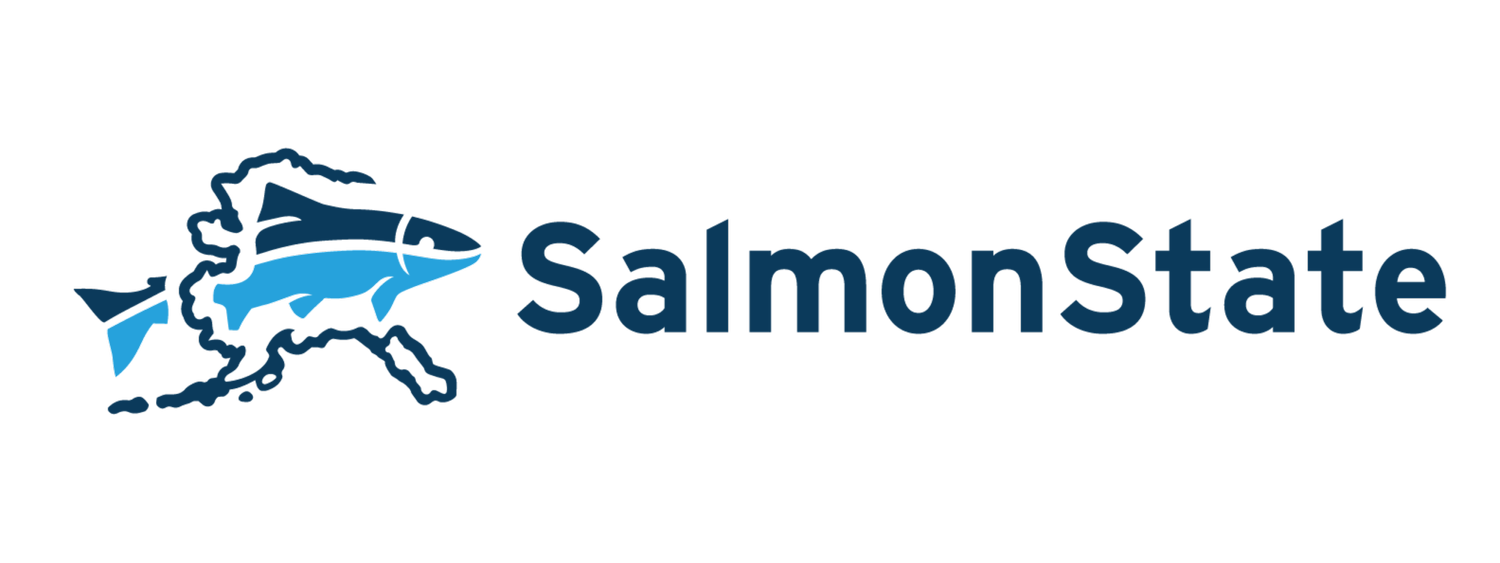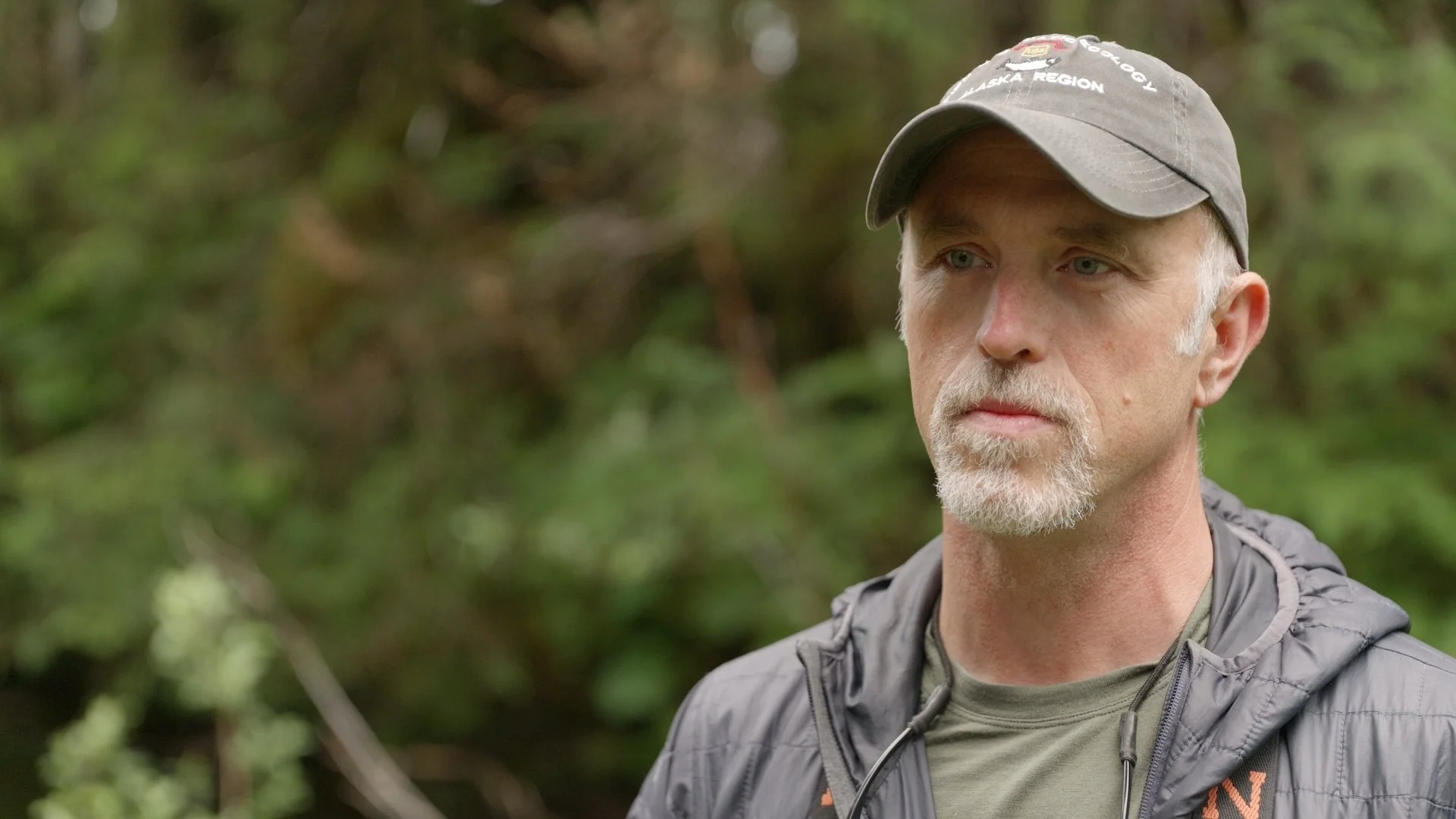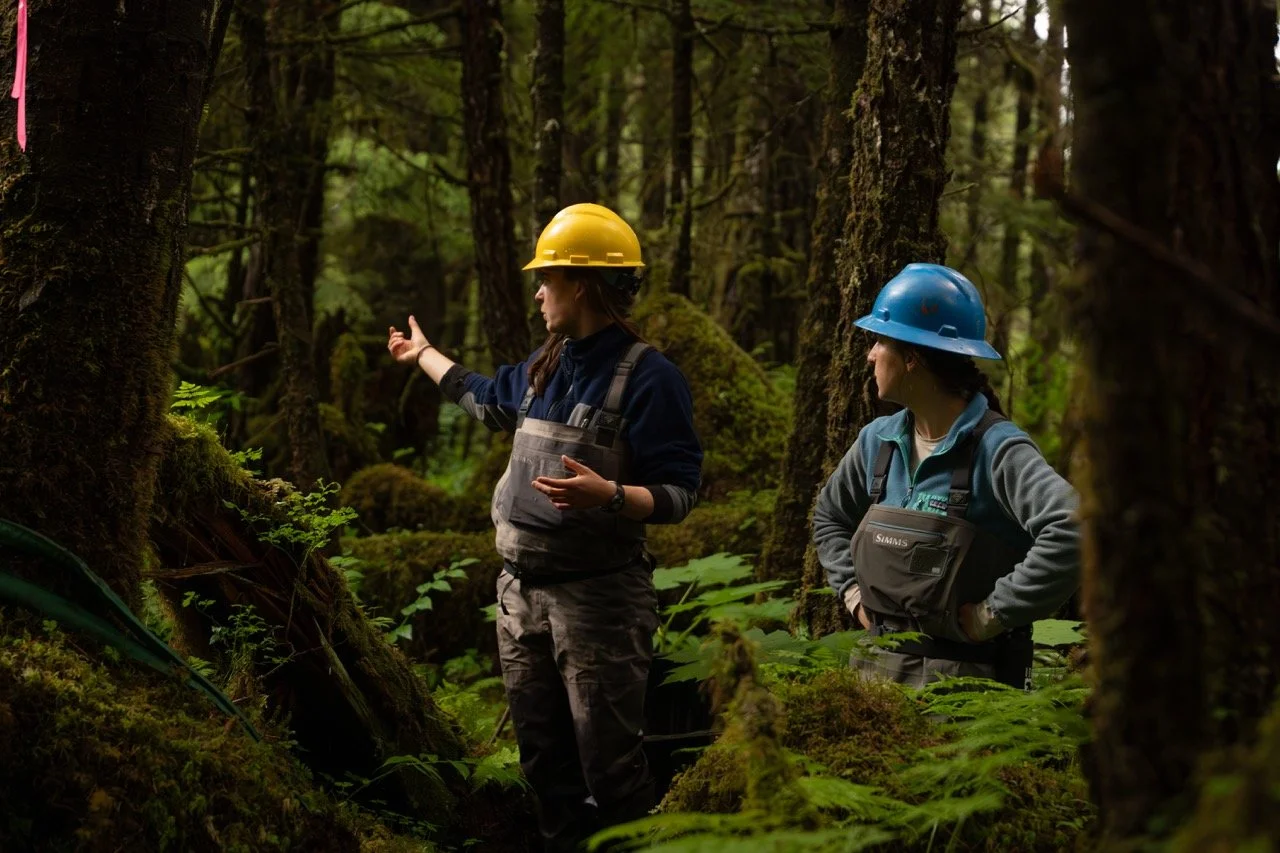Nate Catterson
Over the last few years, the U.S. Forest Service has partnered with entities like the Yakutat Tlingit Tribe, the City and Borough of Yakutat, the Southeast Alaska Watershed Coalition, and the Yakutat Youth Stewards to restore damaged fish habitat and keep Yakutat fishy.
“I'm Nate Catterson. I'm the District Ranger on the Yakutat Ranger District. I've lived in Yakutat for going on 24 years now.
I spent most of my career in fisheries. I was a fisheries technician, and then a fisheries biologist. So this work that is going on here, I have a very close tie to it.
Yakutat looks a lot different than most of the Southeast. It's a flat coastal plain, but it's right up against some of the tallest coastal mountains in the world. You got the Saint Elias Range. You have the Brabazon range, the Fairweather range.
All this moisture comes off the Gulf of Alaska and then deposits itself as rain into a whole system of connected wetlands, streams, lakes and ponds. And those streams, lakes and ponds are real good fish habitat.”
—Nate Catterson, U.S. Forest Service District Ranger, Yakutat Ranger District
“Yakutat is really well known for its fisheries. We have some of the most productive salmon streams anywhere in the state. I'd call it a fish landscape. But we have some areas that need a little help.
This area in particular was developed by the military during World War II, so 80 years ago. And the vegetation is all regrown around over the site. The buildings are gone. But some of the impacts to aquatic systems are still here.
A stream normally does a bunch of things. It floods, and it goes up onto its floodplain. It moves sediment through it. Trees fall into it, and those great riffles and pools, and this channel that we're working in right now — it really has none of that.
What they did was, they just ditched and rerouted a big portion of that stream. And so with the techniques that the team is using out here, they're really setting the stream back on a more natural trajectory.”
—Nate Catterson, U.S. Forest Service District Ranger, Yakutat Ranger District
“It's very common around Yakutat to see adult fish in some of these ditches. You see salmon spawning alongside the road. You'll see eagles grabbing fish out of these ditches.
And when I first showed up here, I really thought about it as, we have so many fish in Yakutat that they're spawning in these ditches. They're spawning in these marginal habitats.
But the reality is that these ditches are actually the remains of aquatic systems that were here before the development and the fish are just sort of hanging on.
There's a lot of places where we can't really do anything about that. But there are other places like out here where this area has been abandoned for 80 years. And we can get in and do restoration and we can do better by the fish that are using this area.
We have a lot of this impacted habitat around Yakutat, particularly closer to town. And the systems that are closer to town are more accessible to people, and more important for subsistence and local fisheries.
Basically it comes down to — complexity in habitat equals abundance and diversity in fisheries. And that's what we want. That will help us with climate change. That will help us with changes in the price of fish, or different user group conflicts.”
—Nate Catterson, U.S. Forest Service District Ranger, Yakutat Ranger District
“What you see happening now is what I see happening in the future. A collaboration. We have the city out here, we have the tribe out here. We have the Forest Service out here. We have Southeast Alaska Watershed Coalition. We have technical experts, and people who live in town and work here. What I'd like to see in the future is for us to be doing that kind of work every year.”
—Nate Catterson, U.S. Forest Service District Ranger, Yakutat Ranger District




